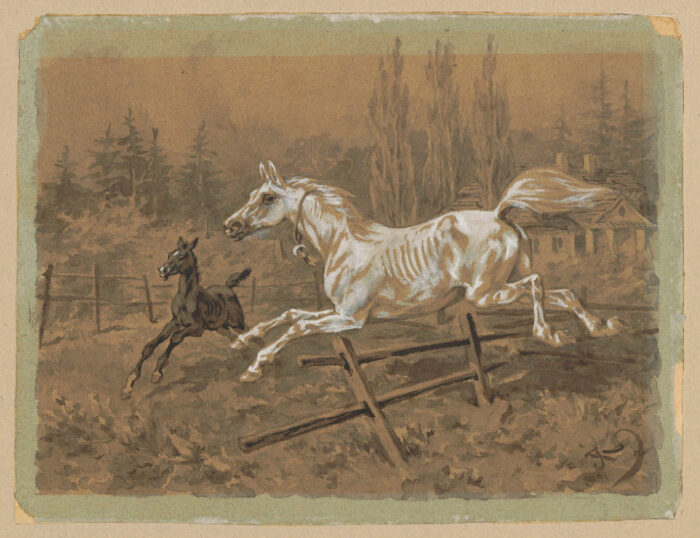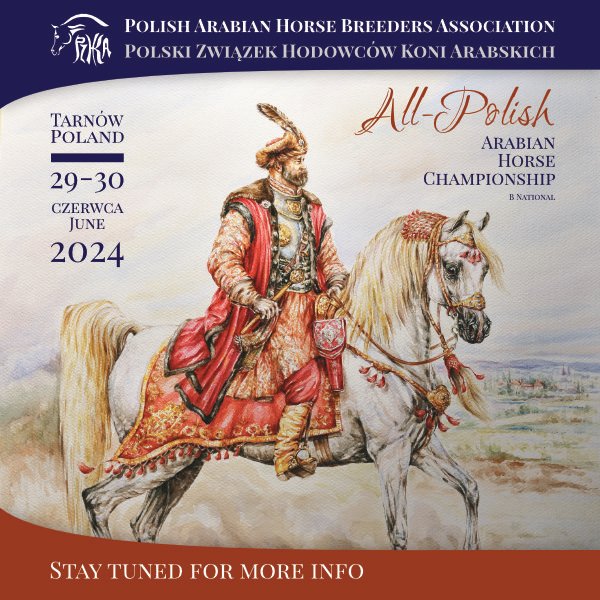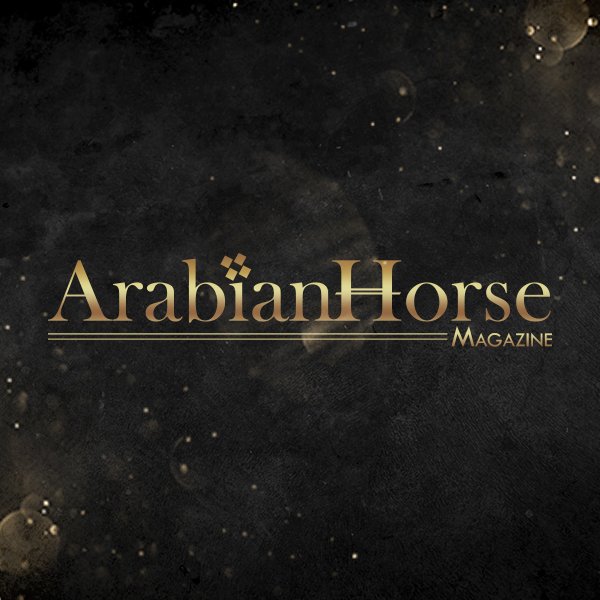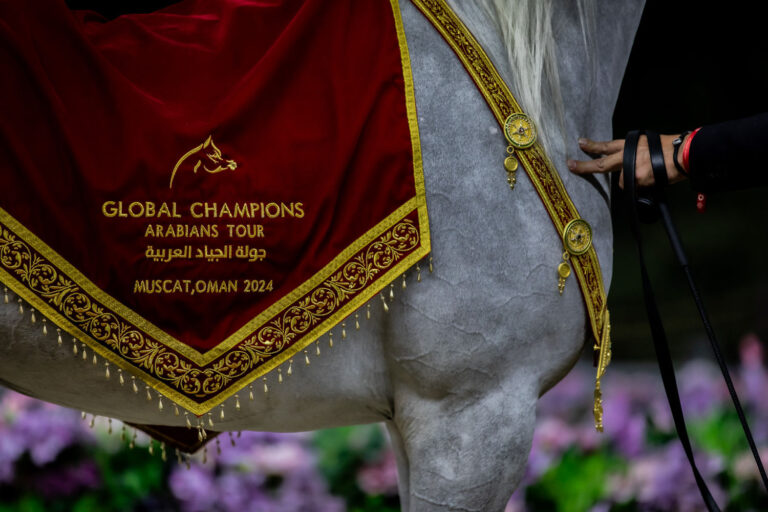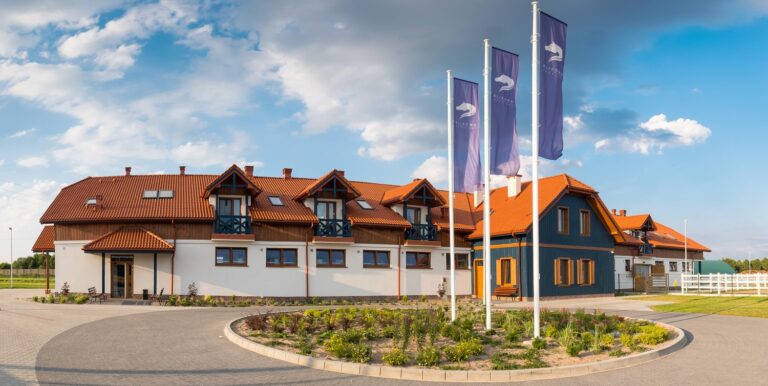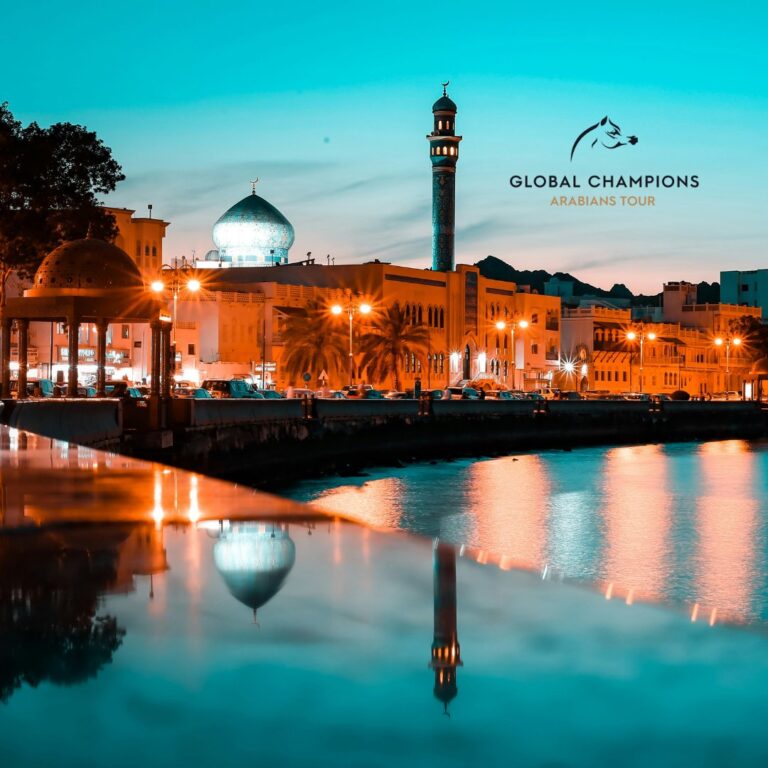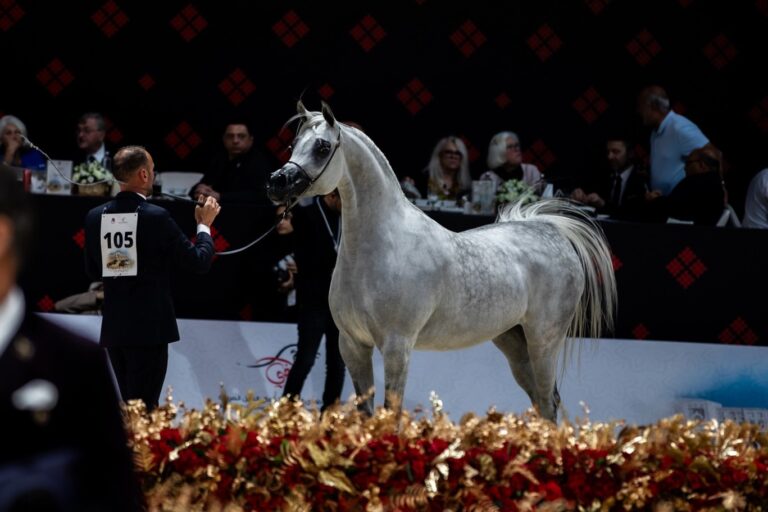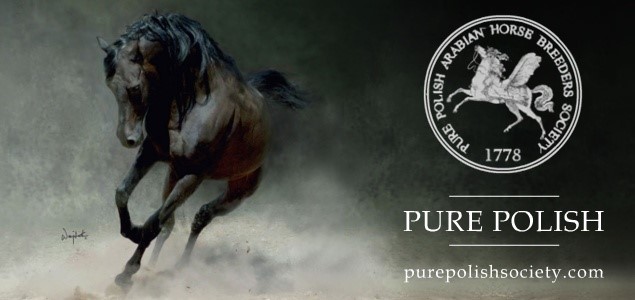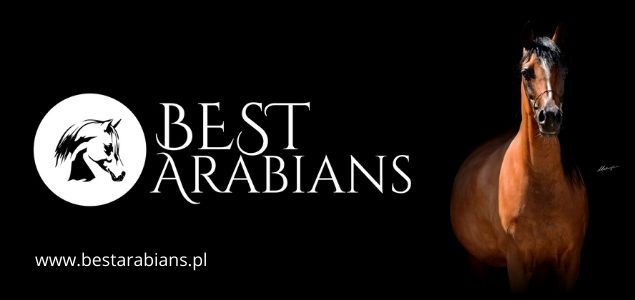“The stud farm of Prince Władysław Sanguszko (1803-1870) in Gumniska played a large role in the Małopolska (Lesser Poland) region. Its owner was the son of Prince Eustachy Sanguszko from Sławuta, the younger brother of Roman, called Sybirak, who inherited Sławuta as the elder offspring. Horses from Sławuta had been sent to Gumniska for a long time (…). In 1836, Prince Władysław Sanguszko introduced a stud book in Gumniska, where the stud’s bloodstock was entered. In the year the book was founded, there were 9 dams listed, in 1842 – 19, 1843 – 25, and in 1866 only 9. Arabian stallions mostly from Sławuta were used.” (1)
Arabian horse breeding in Poland, from the beginning of its existence, has been largely based on its own mares, which consequently created their own dam lines, distinguished by a large number of generations. Among the 15 dam lines that are present in the Polish breeding program for this breed, eight are the heritage of the legendary borderland studs, dating back to the second half of the 18th century. As a result of multi-generational breeding work, a type of Polish Arabian was created, significantly different from the original Arabians imported from the desert. Refinement and consolidation of these features have become characteristics of the Polish Arabian, significantly different from its ancestors and Arabians in the so-called Egyptian type. This type bases on the tradition of Polish breeding and cultivation of dam lines from mares born in these legendary studs.
The oldest documented borderland stud breeding Arabian horses was the one founded in 1778 by Grand Crown Hetman Franciszek Ksawery Branicki in the Szamrajówka farm in Ukraine. Its many years of existence left in Polish breeding just one (regained with great difficulty after the First World War, and then also after the next), but extremely valuable dam line: – Szamrajówka, 1810 bred by Biała Cerkiew.
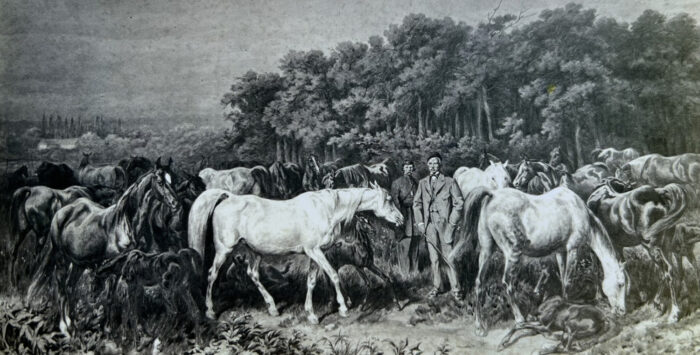
Sławuta – nursery of the Polish Arabian horse
Among the borderland studs whose effects of breeding work survived in the form of dam or sire lines, the stud of the Sanguszko princes from Sławuta definitely stood out. This stud took a distinctly Arabian turn around 1804, i.e. from the time of the expedition of the Sanguszko equerry, Kajetan Burski, to Arabia for horses. From that moment until 1945, the Sanguszko breeding was carried out invariably in the Arabian direction, i.e. for 141 years (also in Gumniska near Tarnów and Antoniny). The Sanguszkos, carefully managing their estates, were so wealthy that they could afford frequent, direct imports of Arabian horses from Arabia, or their purchases from traders. Their Stud in Sławuta produced many outstanding sires, who contributed not only to the improvement of their own stud, but also, through the sale of breeding material, had a great impact on other studs, including foreign ones. In its time, it was a leading stud at national and international exhibitions, receiving numerous awards and medals.
The breeding philosophy followed by the successive owners of Sławuta is particularly worth emphasizing. “All of them: Hieronim, Eustachy, Roman “Sybirak” and Roman junior, over the years 1804-1918, always held the position that the possession of large landed estates imposed on their owners the obligation to produce a breeding elite in order to improve domestic breeding with it” (2).

The size of their breeding was significant, which allowed them to select the best horses and create and then preserve entire families. 12 dam lines established themselves there: “the oldest of the Sławuta families was descended from a mare without a name, born around 1790, which survived until the 1930s, reaching 10 generations, but no longer exists” (3).
Among the Sławuta dam lines, there are currently four that exist in Polish breeding today:
– Szweykowska b. around 1800,
– Milordka b. around 1810,
– Wołoszka b. around 1810,
– Ukrainka b. around 1815.
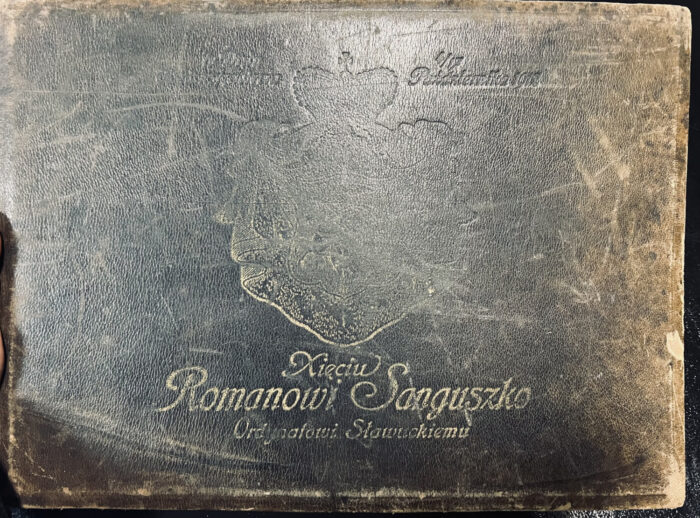
Equally important is the heritage of the Sanguszko breeding in the establishment of sire lines, and until now two have survived, which have produced many generations and are continued in Poland, as well as successfully in the world. They are:
– Ilderim d.b. imp. 1900 to Sławuta – today in Polish breeding represented by the progeny of Janów-bred stallions: Piaff 1997 (Eldon – Pipi by Banat), Alert 2005 (Piaff – Andaluzja by Sanadik El Shaklan) and Palatino 2006 (Pesal – Palmeta by Ecaho), the Russian-bred stallion Kurier 2003 (Egis – Kazana by Anchar) and Palert 2017 (Alert – Pericola by Kahil Al Shaqab) of Białka Stud.
– Ibrahim d.b imp. 1907 to Antoniny, represented by the offspring of Alwaro 2000 (Eukaliptus – Algora by Probat) bred SK Janów Podlaski and Wiedźmin 2002 (Ekwipunek – Workuta by Monogramm) bred by S. Redestowicz.
Stallion Ibrahim d.b. imported to Antoniny in 1907, founded a family extended by the famous Skowronek 1909 (Ibrahim d.b. – Jaskółka by Rymnik), bred by Antoniny, who went to England, where he gained international importance. In their time, horses from this line were very successful and to this day appear in the pedigrees of many Arabian horses around the world. This line was recreated in Poland after World War II by importing the stallions Naborr 1950 (Negatiw – Łagodna by Posejdon) and Negatiw 1945 (Naseem – Taraszcza by Enwer Bey) from the USSR. This family gave birth to Eukaliptus 1974 (Bandos – Eunice by Comet), bred by Janów Podlaski, its most significant representative in Polish breeding so far.
Sławuta and Antoniny shared the fate of many Polish estates in Ukraine. They disappeared from the face of the earth in 1919. With them horses and priceless archives. What survived the catastrophe in 1919 fell victim to the destructive activity of the Germans in Warsaw in 1944. The Antoniny archives were lost in the fire of the Potocki Palace. Part of the documentation on horse breeding was saved during World War I in Gumniska. However, the part of the archives that was left by the Sanguszko family when leaving Gumniska in 1939 and survived the Second World War was destroyed in the 1950s. The Polish difficult fate.
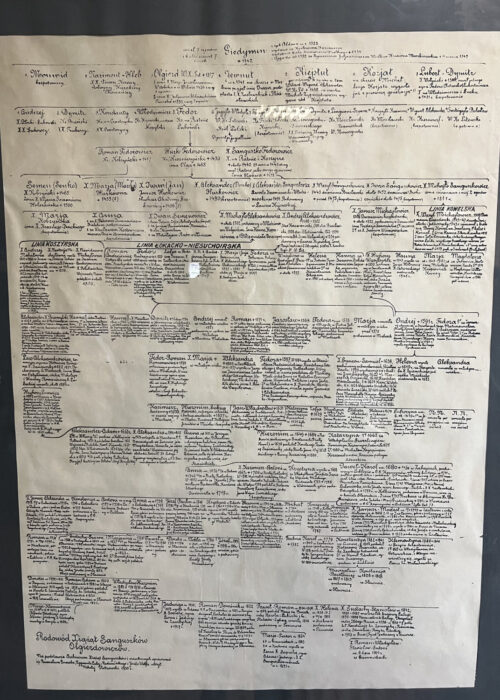
The heritage of the stud farm in Gumniska
Interesting in the history of the Sanguszko stud are family connections related to the inheritance and acquisition of estates, as well as the dowry brought by the Sanguszko ladies, which resulted in the fact that their breeding was carried out in several places in different years: Sławuta, Antoniny or Gumniska. However, all these family relationships also brought with them the tradition of continuing horse breeding, especially the purebred ones, and a real passion for breeding. Probably thanks to this, for almost 150 years, priceless dam lines known colloquially as Sławuta-lines (although they also included those from Gumniska and Antoniny) could be created and nurtured, as opposed to the Jarczowce families, which originate from a completely different breeding tradition, but also extremely valuable for us.
In the years 1836 to the 1880s, breeding of Arabian horses in Gumniska developed successfully. Especially the use of the son of the desert bred stallion Aghil-Aga, imported in 1857 to Babolna, with the same name Aghil-Aga 1881 (out of Mimiorr d.b.) brought significant results and, as W. Pruski writes, Aghil-Aga “put the stud of Prince Eustachy Sanguszko in Gumniska to its feet”. (4) Unfortunately, in later years Prince Eustachy Sanguszko became the governor of Galicia, at the same time performing the function of the national marshal, which did not allow him to supervise the stud, which significantly declined. At his request, in 1906 a special commission was appointed, which selected 12 mares for breeding and scrapped the rest. Unfortunately, the lack of stallions at the appropriate level used at the stud meant that the breeding level did not return to the state from the middle of the century.
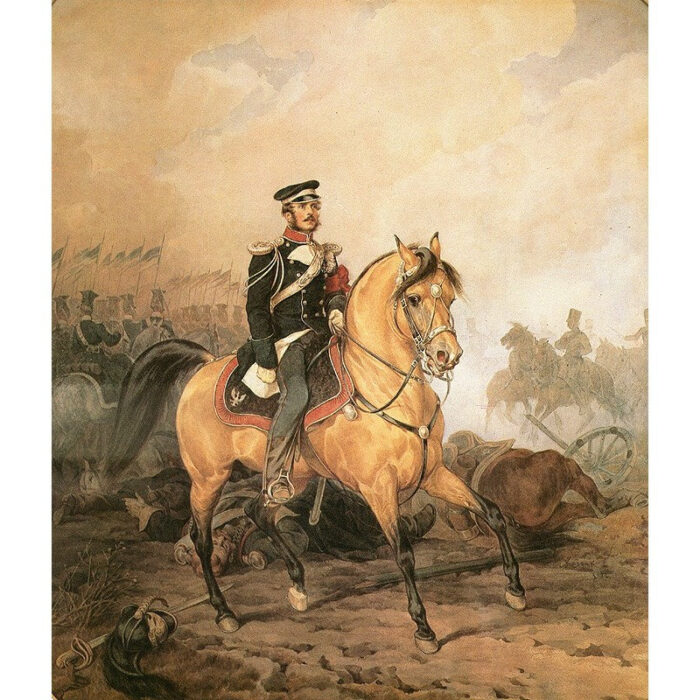
During the years of World War I, the stud was significantly damaged. However, a lot of mares and youngsters remained (among them many outstanding ones), which became the basis of the breeding rebuilt in Gumniska. Among them, Jerychonka chest. 1909 (Nizam-Chluba by Abu-Argub d.b.) bred by Gumniska, certainly deserves a special mention. Through her daughter Porta 1931 and granddaughter Forta 1943, she founded an extremely valuable family and had a great influence on breeding, not only in Poland. In Michałów the dam line was prolonged by Forta’s daughters: Fatma and Dyska. This line was transferred to Janów Podlaski together with Furina. Forsycja’s daughter Felluka came to Białka, where she founded her own line represented today by the mare Figlarka . Thus, within the dam line of Ukrainka we have three sublines: from Dyska and Fatma, daughters of Forta, and Forsycja, granddaughter of Forta. It is worth emphasizing that despite the extremely difficult conditions during the German occupation, Bogdan Ziętarski managed to breed in Gumniska such a mare as Forta 1943 (Kuhailan Abu Urkub – Porta by Nedjari), one of the few in the country, if not the only representative of the Sławuta dam line of Ukrainka born 1815. Forta extended this valuable line in Polish post-war state breeding and – interestingly – she was not among the horses exported to Germany, but survived in western Poland, in Racot. Forta was the 10th generation of this line. Her next successor, the Michałów-bred Florissima, born in 2018, Polish Yearling Champion Mare in 2019, was the 17th generation in the Ukrainka dam line. The breeding achievements of Forta’s descendants certainly include the stallion Fuerte 2014 (Shanghai E.A. – Frymuszka by Ekstern) bred by Jan Dobrzyński. His mother, Frymuszka from Białka, came from Forta’s daughter – Forsycja 1954 by Como.
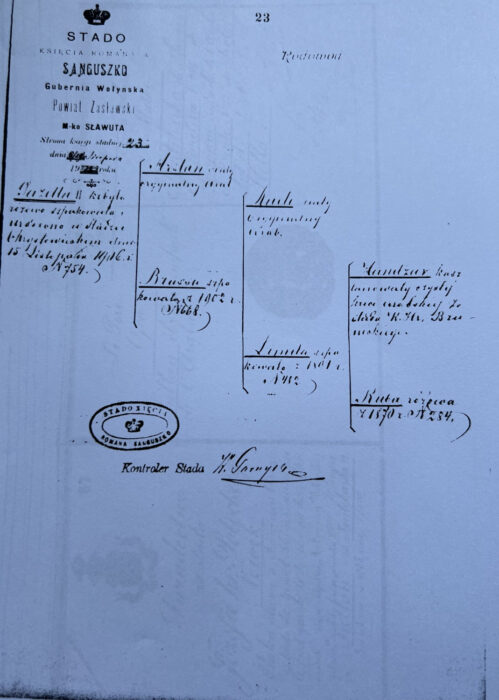
While the heritage of Sławuta breeding survived in Gumniska, and thanks to the mare Forta 1943 and her offspring we can continue it, the last owner of Gumniska, Prince Roman Sanguszko went down in the history of world Arabian horse breeding mainly thanks to importing to Poland in 1931 original Arabian stallions from the desert, i.e. Kuhailan Haifi d.b. 1923 and Kuhailan Afas d.b. 1930, which founded their own sire lines, highly valued in world breeding, without which both Polish and world breeding would look completely different. The son of Kuhailan Haifi, the born in Janów Podlaski Ofir 1933, had a particularly great influence on breeding, whose line in Polish breeding was represented by such stallions as Witraż 1938 and Wielki Szlem 1938, and then through Witraż’s grandchildren, Ekstern 1994, Ganges 1994, Ontario HF 1999, and El Jahez WH 2010 imported to Europe several years ago, recently exported again to the USA.

At the same time, it should be remembered that through the granddaughters of the stallion Kuhailan Haifi, the three most valuable Polish dam lines were extended (4), i.e. Szamrajówka through the mares Włodarka 1938, Sahara d.b. through the mare Mammona 1938 and Gazella d.b. through Ofirka 1938.
Kuhailan Afas, on the other hand, became famous for his son Comet 1953, born in Nowy Dwór, who was the grandson of Bad Afas 1940, born in another private breeding stud at Zabawa, in turn whose grandson Probat 1975 prolonged the line producing in Poland valuable sires and mares.
“Gumniska did a lot for breeding. Firstly – through stallions used in the country and sold abroad. Also because they imported great sires from Arabia, and also from Babolna the stallion Kuhailan Abu Urkub, son of the stallion Kuhailan Zaid d.b. The stud deserves credit for making these valuable stallions available to Polish breeders without any restrictions.” (5)
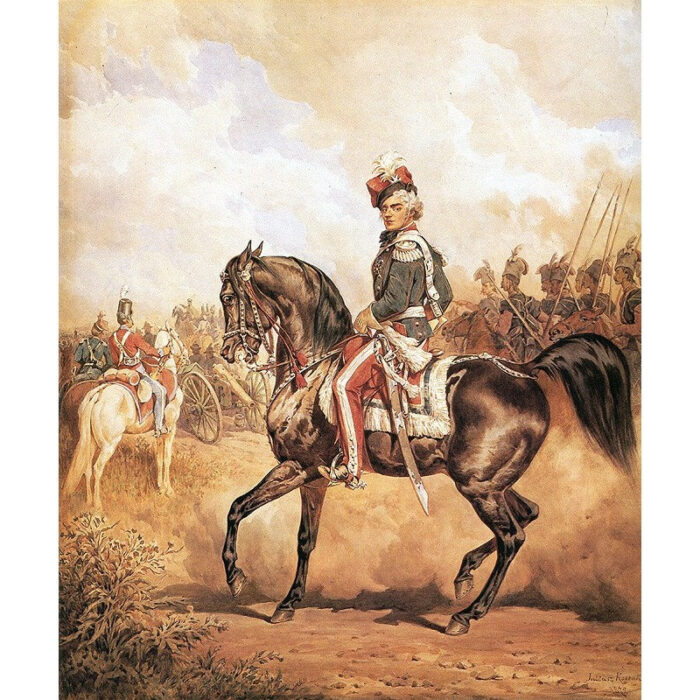
In 1930, the Gumniska Stud had 13 mares. “These mares presented themselves well, were of correct build, noble and typical.” (6) At the same time, there was a change in breeding direction with the use of the French stallion Nedjari 1926, one of the many imports of horses for racing. These were horses of a completely different type than Polish ones and their initial racing successes aroused much controversy.

Despite Ziętarski’s efforts, the summer of the German occupation was the end of Arabian horse breeding in Gumniska. Although the stud operated under the occupational supervision of the Wehrmacht and, like the stud in Pełkinie, it ran breeding work, breeding several valuable horses, but at the end of the war, during the evacuation at the turn of 1944 and 1945, the horses were dispersed and plundered by the Soviets. At this point, it should be noted that during the German occupation in the years 1940-1943, a number of valuable stallions and mares were born in the few Polish private studs stripped of valuable mares by the Soviets and Germans. One can enumerate the horses thanks to which the Polish post-war breeding was rebuilt (after their earlier takeover by the state), such as the already mentioned Forta 1943, Bad Afas 1940, Amneris 1940 or Bałałajka 1941.
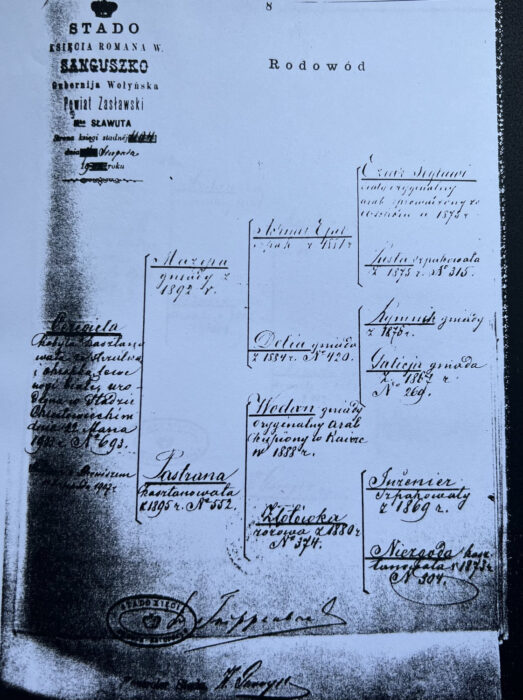
Contrary to the slightly exaggerated theory about the rebuilding of the Janów herd by the Germans in the years 1940-1944, nothing significant for breeding was born in Janów, despite the fact that the Germans tried to gather there the most valuable mares they had in occupied Poland and tried to breed Arabian horses in Poland, however, as it turned out, with poor results. In 1945, during the evacuation to the west, the Gumniska Stud, not having enough employees (who had previously escaped from the approaching front), had to leave their horses in Racot. Among the fillies born in 1943 were the fillies Forta (Kuhailan Abu Urkub – Porta by Nedjari) and Ferha (Kuhailan Abu Urkub – Udźda by Kuhailan Kruszan d.b.), born in 1943 in Gumniska, and several yearlings and two-year-olds by Kuhailan Abu Urkub. Bogdan Ziętarski, who did not leave the horses to the end, unfortunately did not leave any mention of this difficult period of his life. Perhaps, as suggested by Roman Pankiewicz, it was too much of a shock for him? “After all, the stallions and mares that he searched for throughout Europe and Arabia and which he kept for almost twelve years were missing.” (7) In this way, the history of the breeding of the Sanguszko princes, conducted continuously for over 150 years, first in Sławuta, from which Gumniska and Antoniny were also established, came to an end. Antoniny and Sławuta were destroyed during the First World War, Gumniska survived the Second World War, but disappeared with the agricultural reform and the confiscation of the remains of horses by the new state, which placed a school in the palace in Gumniska, and workshops in the stables. However, the horses and their families remained, which, in accordance with Polish tradition, carefully nurtured by successive generations of breeders, today constitute our cultural heritage. Private breeding, revived after 1989 in Poland, thanks to its diversity, has in recent years become a valuable supplement to state breeding, which, admittedly, grew on the foundation of the communist agricultural reform, but undoubtedly reached a high level in the post-war years and became the pride of our country, as at the end of the 19th century were Sławuta, Gumniska and Antoniny.
Footnotes:
(1). W. Pruski „Dwa wieki polskiej hodowli koni arabskich (1778-1978) i jej sukcesy na świecie” Warszawa 1983.
(2). As above.
(3). As above.
(4). R. Pankiewicz „Polska hodowla koni czystej krwi arabskiej 1918-1939” Warszawa 2002.
(5). R. Pankiewicz „Polska hodowla koni czystej krwi arabskiej 1918-1939” Warszawa 2002.
(6). W. Pruski „Dwa wieki polskiej hodowli koni arabskich (1778-1978) i jej sukcesy na świecie” Warszawa 1983.
(7). R. Pankiewicz „Polska hodowla koni czystej krwi arabskiej 1918-1939” Warszawa 2002.
